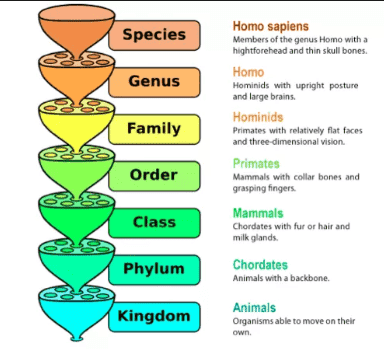GROUP - VI
ORDER - None assigned
FAMILY - Retroviridae, subfamily Orthoretrovirinae
GENUS - Lentivirus
GENOME - Linear, single-component, single-stranded RNA of about 9,700 nucleotides, encoding 15 proteins
GEOGRAPHY - Emerged in Africa, now worldwide
HOSTS - Humans, but closely related viruses infect monkeys and apes
ASSOCIATED DISEASES - Acquired immunodeficiency syndrome (AIDS)
TRANSMISSION - Body fluids
VACCINE - None available, although several in development; generally treatable with appropriate drugs
A virus that originates from wild primates The disease of AIDS was first seen clinically in America in the early 1980s. The virus initially spread throughout the gay community; it is sexually transmitted, especially through anal intercourse. The virus also began to appear in intravenous drug users. After initial infection it can take years for symptoms of the disease to appear, adding to the spread of the virus. Now it is clear that there were sporadic cases of Human immunodeficiency virus infection much earlier, probably in the 1950s and 1960s. The virus originates in wild primates and came to humans from certain species of chimpanzees. It has jumped into humans on several occasions, from gorillas or chimpanzees. It is thought that initial transmission occurred during the hunting and butchering of apes for meat.
HIV/AIDS continues to be a severe human pathogen in many parts of the world. Treatment by drug therapy is effective, but expensive. Social stigma may also be a barrier to infected individuals seeking diagnosis and treatment in some places. Interestingly, the closely related ancestor of HIV, Simian immunodeficiency virus, generally does not cause disease in its primate hosts. This is probably because the virus has been infecting other primates for a long time, and only recently began to infect humans. Viruses usually evolve to be less virulent over time. It is not an advantage for a virus to kill its host.
Retroviruses, the family to which HIV belongs, are so named because they convert RNA to DNA, the reverse (retro) of the normal cellular process of DNA to RNA, and a property once thought impossible. They were first discovered in the early twentieth century but research into them accelerated in an effort to understand AIDS.
ORDER - None assigned
FAMILY - Retroviridae, subfamily Orthoretrovirinae
GENUS - Lentivirus
GENOME - Linear, single-component, single-stranded RNA of about 9,700 nucleotides, encoding 15 proteins
GEOGRAPHY - Emerged in Africa, now worldwide
HOSTS - Humans, but closely related viruses infect monkeys and apes
ASSOCIATED DISEASES - Acquired immunodeficiency syndrome (AIDS)
TRANSMISSION - Body fluids
VACCINE - None available, although several in development; generally treatable with appropriate drugs
 |
| Source Wikipedia |
A virus that originates from wild primates The disease of AIDS was first seen clinically in America in the early 1980s. The virus initially spread throughout the gay community; it is sexually transmitted, especially through anal intercourse. The virus also began to appear in intravenous drug users. After initial infection it can take years for symptoms of the disease to appear, adding to the spread of the virus. Now it is clear that there were sporadic cases of Human immunodeficiency virus infection much earlier, probably in the 1950s and 1960s. The virus originates in wild primates and came to humans from certain species of chimpanzees. It has jumped into humans on several occasions, from gorillas or chimpanzees. It is thought that initial transmission occurred during the hunting and butchering of apes for meat.
 |
| Source wikipedia |
HIV/AIDS continues to be a severe human pathogen in many parts of the world. Treatment by drug therapy is effective, but expensive. Social stigma may also be a barrier to infected individuals seeking diagnosis and treatment in some places. Interestingly, the closely related ancestor of HIV, Simian immunodeficiency virus, generally does not cause disease in its primate hosts. This is probably because the virus has been infecting other primates for a long time, and only recently began to infect humans. Viruses usually evolve to be less virulent over time. It is not an advantage for a virus to kill its host.
Retroviruses, the family to which HIV belongs, are so named because they convert RNA to DNA, the reverse (retro) of the normal cellular process of DNA to RNA, and a property once thought impossible. They were first discovered in the early twentieth century but research into them accelerated in an effort to understand AIDS.












0 Comments
If you have any query let me know.